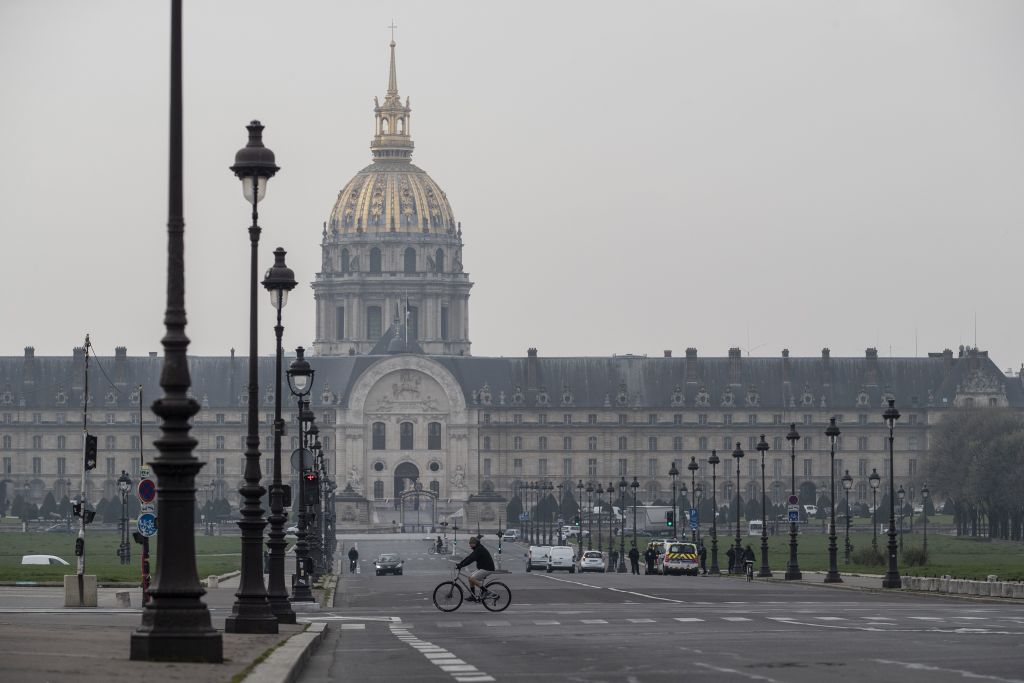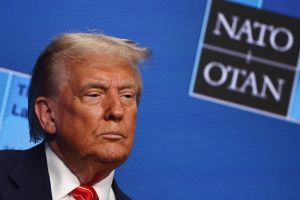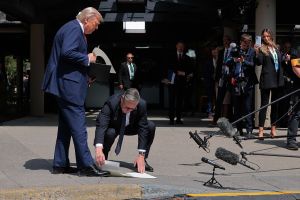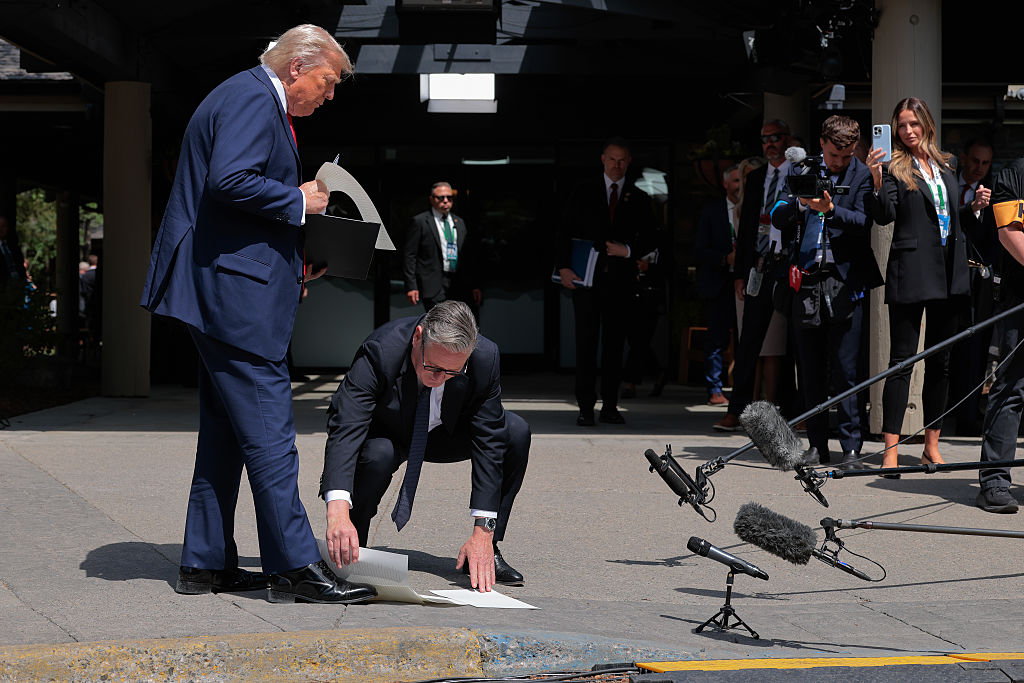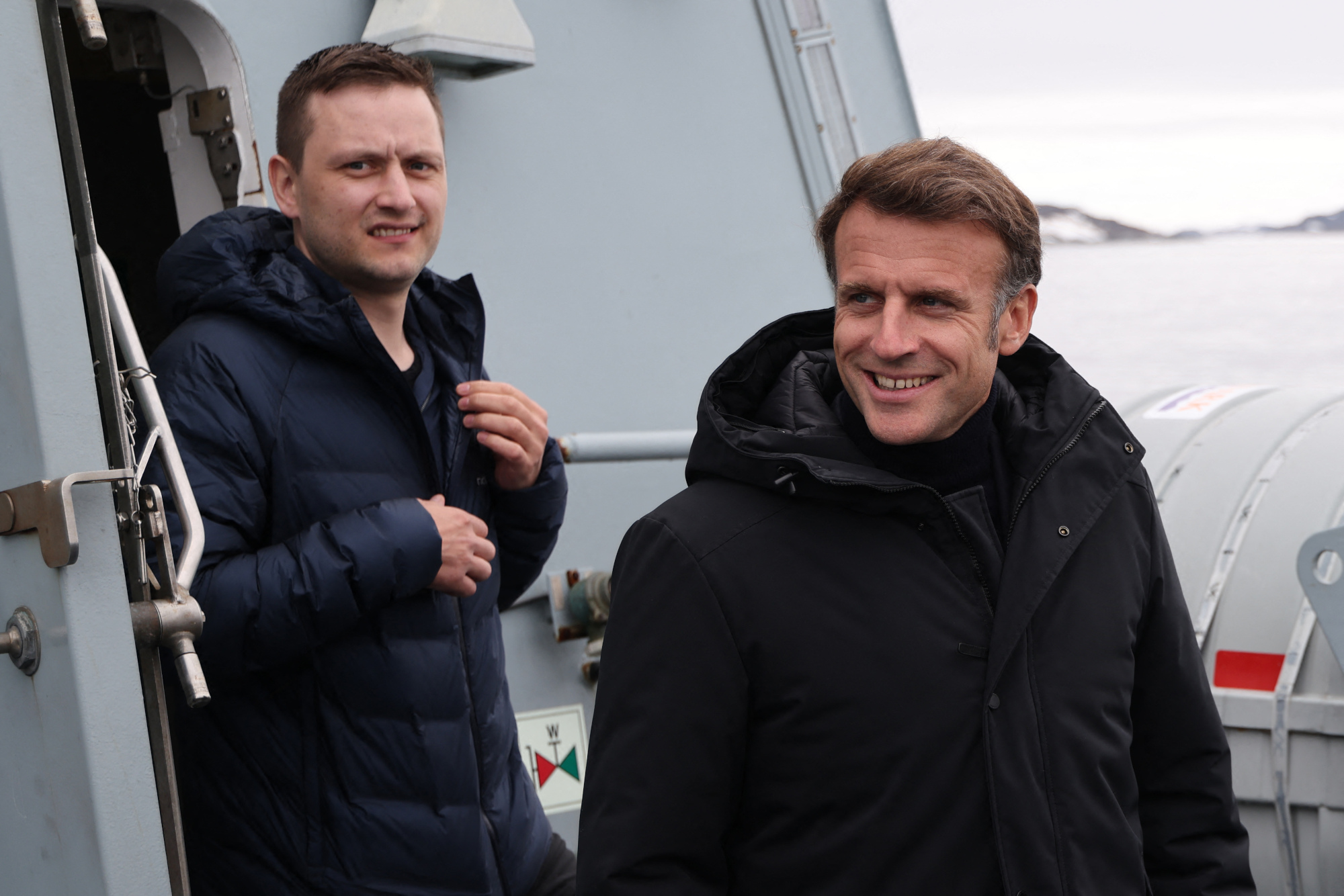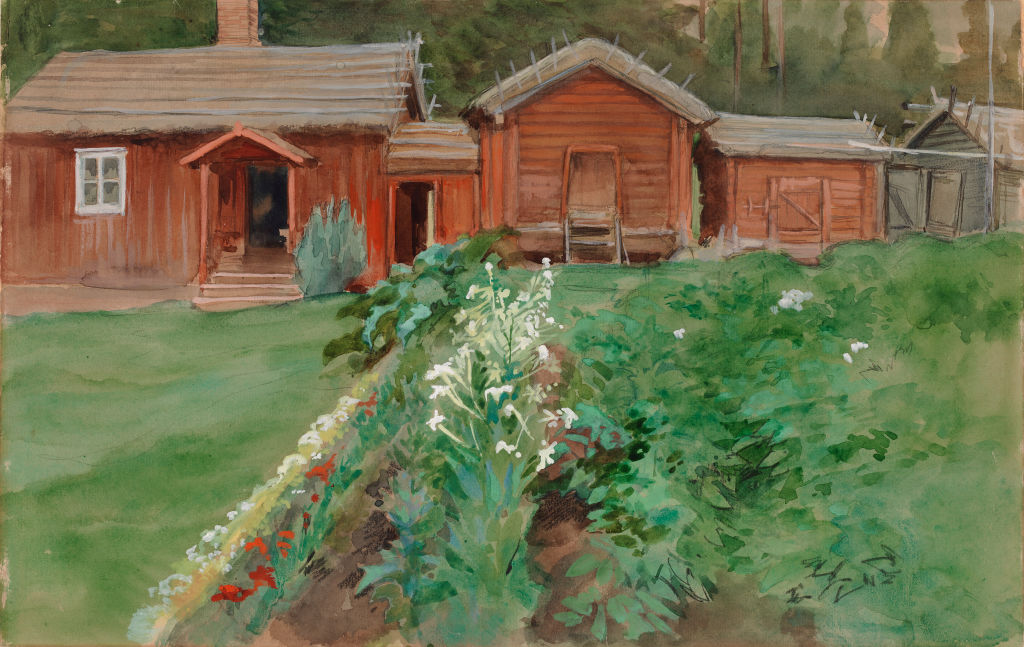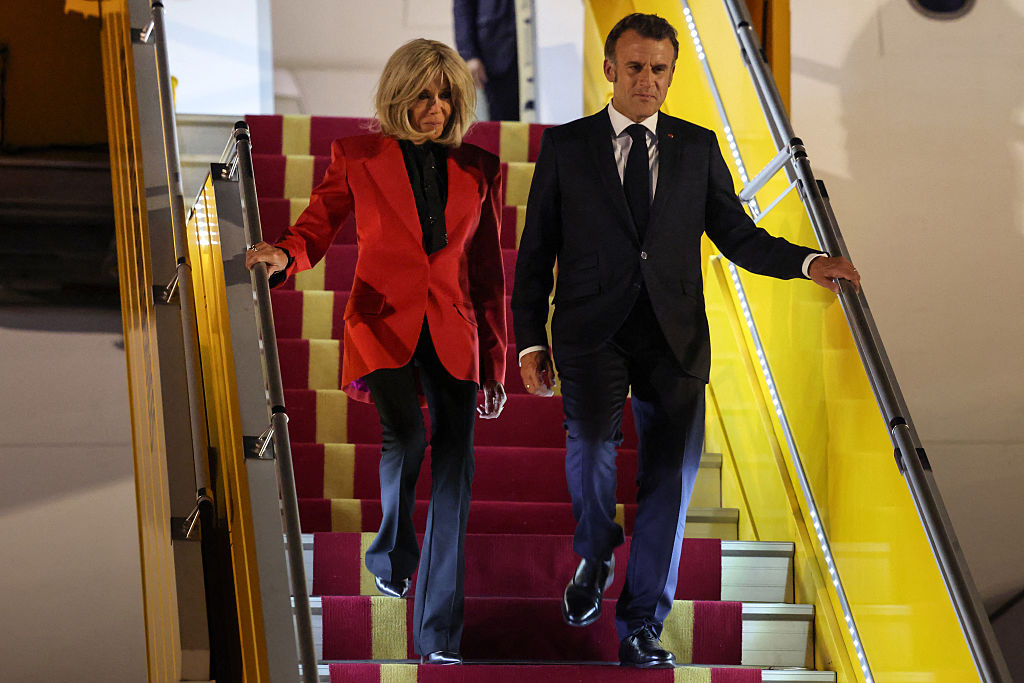Projecting the fight against COVID as a war on a virus — like the war on terror — tells us more about the politician than about the strategy. But in the struggle to halt and extinguish the disease, it is war that has provided us with tools to manage the present crisis. Take ambulances, field hospitals and triage, for instance. All are the products of war, one war in particular and one man in all: Baron Dominique-Jean Larrey, the French surgeon who in the Revolutionary and Napoleonic wars pioneered battlefield medicine and its associated logistics.
President Macron wisely abandoned his martial tone and bid to emulate France’s great war leader Georges Clemenceau in his most recent TV broadcast to the French nation. To have continued the analogy with World War One would have exposed him to the very criticism heaped on Clemenceau’s predecessors, roundly denounced for poor strategy, lack of munitions (masks, PPE, testing) and inability to connect with French soldiers and citizens. But Macron’s advisers could have found in Baron Larrey a more fitting exemplar whose pioneering emergency medical methods are sadly such strong features of the fight against COVID-19 in France and Britain today.
Born in 1766 the orphaned son of a provincial shoemaker from the Pyrenees, Larrey studied medicine in Paris and came to prominence with the French Revolutionary Wars from 1792 when the world of war was transformed. Massive French armies recruited directly from the people were drilled in the ideological republican cause to take up arms against the ‘despotic’, monarchistic and Church-supported foreign coalition powers. They were told by revolutionary leaders like Bertrand Barère that ‘true humanity consists in exterminating one’s enemies’. Patriotism, ideology and victory at all costs brought a new brutality to war. The world entered the age of total war. With Napoleon’s Grande Armée numbering 685,000 before the Russian campaign, war was put on an industrial scale. Attrition not annihilation became the norm, with battle casualties to match.
What Napoleon was to war by way of tactical innovation and organization so Larrey was to medicine in the logistics and management of battlefield casualties. In 1792, he joined the Army of the Rhine fighting the six-nation First Coalition that included Britain. Amid the battlefield slaughter he developed the ‘flying ambulance’ to pick up the wounded who would previously have remained on the field of battle until fighting subsided. He improved the organization of the mobile field hospital to administer to casualties in large numbers. To cope with those numbers he perfected the triage system to prioritize treatment according to the seriousness of injuries. His strict triage rules, based on severity of condition and likelihood of recovery, ignored rank and nationality. Soldiers were filtered into three groups: dangerously wounded, less dangerously wounded and slightly wounded, with the first category prioritized. Not only did Larrey’s methods save soldiers’ lives but they also boosted troop morale.
Larrey’s pioneering methods soon brought him to Napoleon’s attention who made him surgeon-in-chief of his armies in 1797 eventually ennobling him on the battlefield at Wagram in 1809. In his will, Napoleon left him 100,000 francs and proclaimed him ‘the most virtuous man I have known.’ Following Larrey’s death in 1842, his remains were eventually transferred to the Invalides to rest alongside the Emperor.
***
Get three months’ free access to The Spectator USA website —
then just $3.99/month. Subscribe here
***
At a time of saturation of the French hospital system, with triage in operation, and field hospitals taking the strain (with their British Nightingale equivalents at the ready), we should spare a thought for Baron Dominique-Jean Larrey, the pioneer of modern emergency medicine. The man of whom Napoleon said: ‘If the army ever erects a monument to express its gratitude, it should do so in honor of Larrey.’
Finally, here in Britain, we should also express our gratitude to that other product of war and preparation for mass casualties that has responded so effectively to the COVID epidemic: the National Health Service. Established by law in November 1946, the new NHS was built on the foundations of the Emergency Medical Service and the National Blood Transfusion Service, conceived in 1938 to accommodate expected mass casualties from bombing of British cities. This, and the NHS’s capacity to work so effectively with the army, are in its DNA, as the remarkable construction of the Nightingale field hospitals proves.
This article was originally published onThe Spectator’s UK website.



